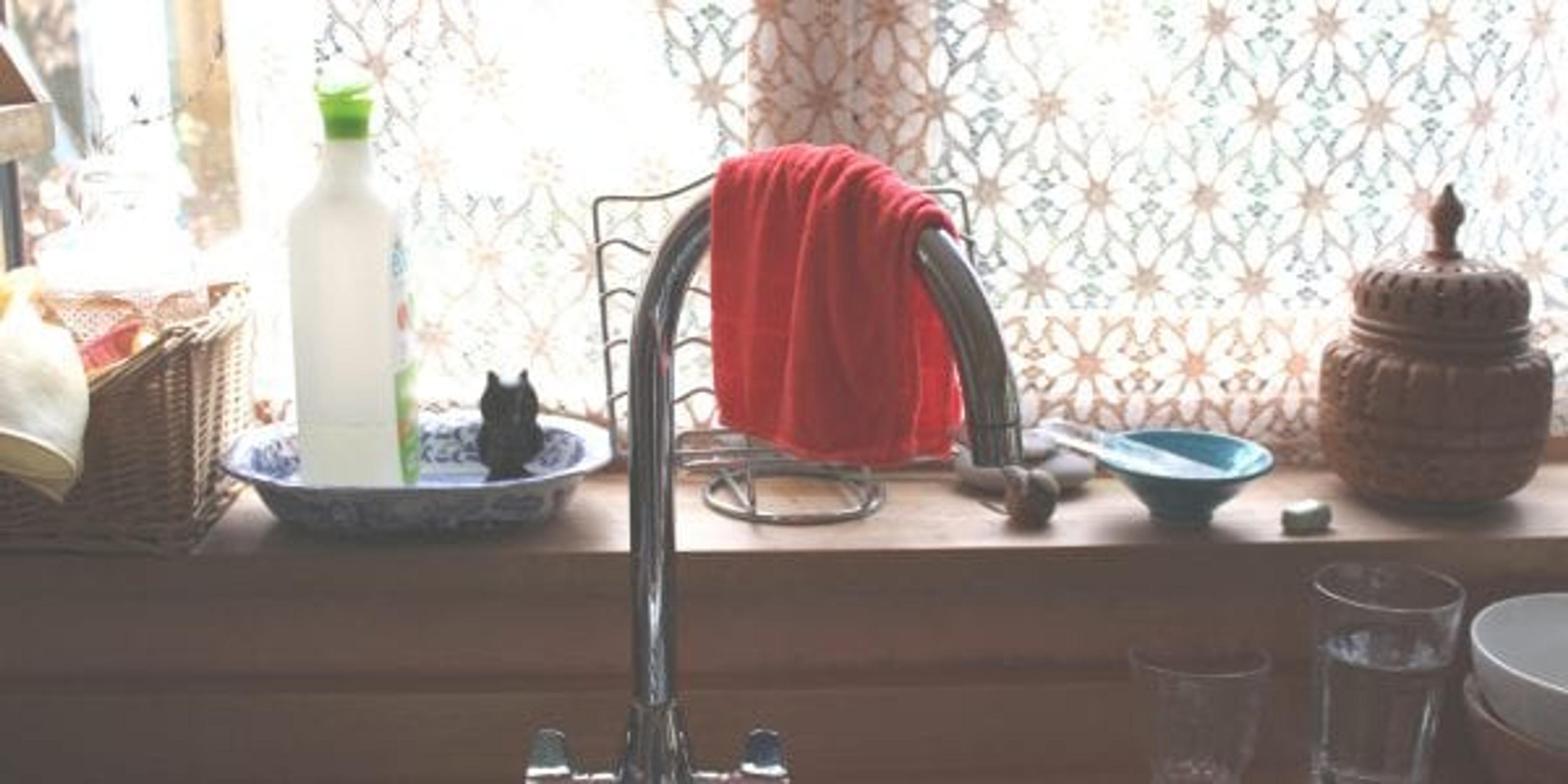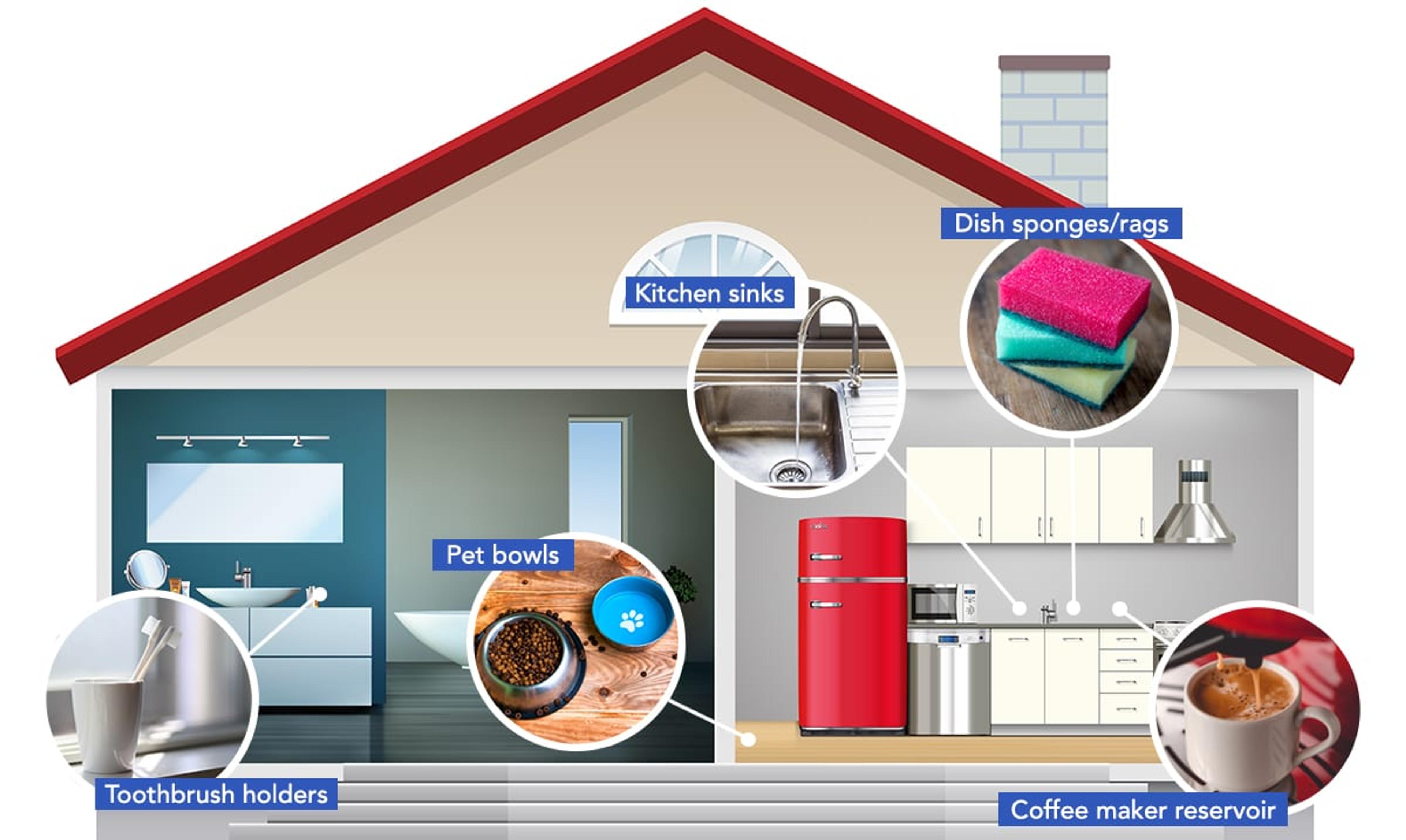Do You Really Know the Germiest Spots in Your House?

Julie Bitely
| 2 min read

Quick, name the grossest place in your home. Chances are your mind went somewhere like the handle on your toilet, the bathroom faucet or your dog’s favorite chew toy.
Well, think again. It turns out the spots in your home with the most germs aren’t always what you’d expect. Here’s where the bacteria is really lurking (and some tips on how to help these items clean up their acts):

- Dish sponges/rags: Surprisingly, the germiest item in your home is the one thing you use to clean the plates you eat off of! Research shows that 77 percent of sponges contain coliform bacteria (which can include E. coli), 86 percent have yeast and mold and 18 percent have staph bacteria. It makes sense: The sponge is constantly warm and wet, which makes it the perfect home for germs. The good news is there’s an easy fix: Replace sponges every week. If you use a rag instead of a sponge, run it through a hot washing cycle every day or two.
- Toothbrush holders: These tend to be stored on the bathroom sink—way too close to the toilet. If you can’t store your toothbrush holder in a cabinet, make sure you close the lid when flushing (bacteria from the toilet can travel as far as 15 feet when you flush). You’ll also want to wash it in hot, soapy water once a week or send it through a cycle in the dishwasher.
- Pet bowls: Your cat or dog may be adorable, but their mouths are far from sanitary. It turns out 45 percent of pet bowls harbor mold and yeast while 18 percent contain coliform bacteria (which aren’t so good for your beloved pet to be exposed to!). Remember to put pet bowls through the dishwasher regularly to keep them clean.
- Kitchen sinks: You can thank all the little food bits that stick around here for the reason that 45 percent of kitchen sinks have coliform and other bacteria in them. To prevent these germs from spreading, bleach your kitchen sink once per month.
- Coffee maker reservoir: Damp, dark environments like this are ideal for growing colonies of bacteria. Avoid this by running equal parts vinegar and water through your coffee maker once per week. Remember to run plain water through your coffee maker a few times afterwards so your cup of joe doesn’t taste like vinegar the next time you brew a pot.
Photo credit: Heather





